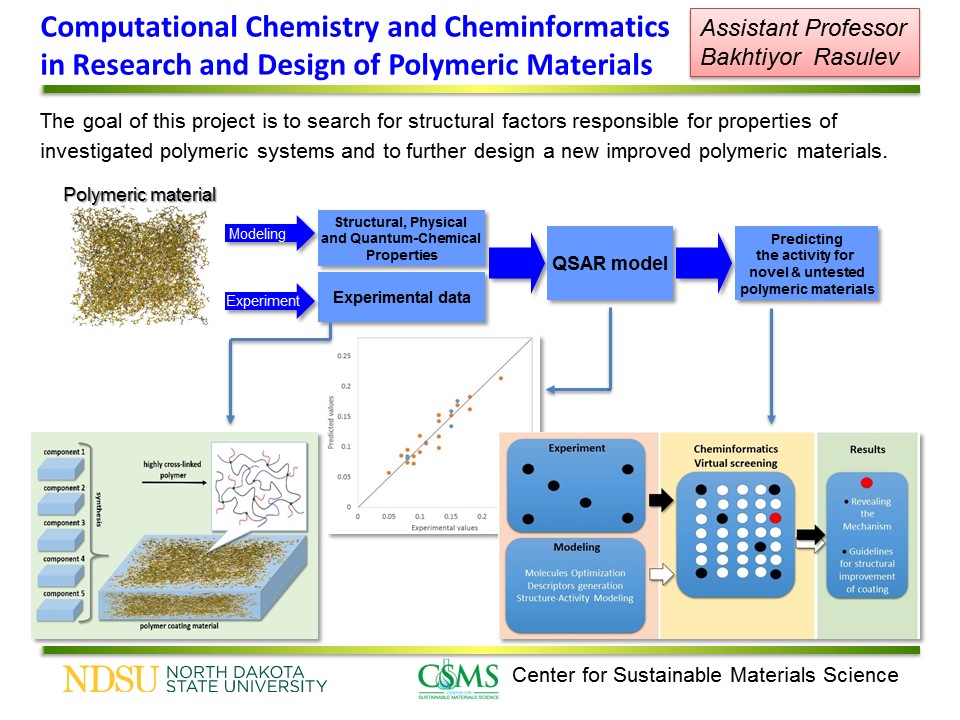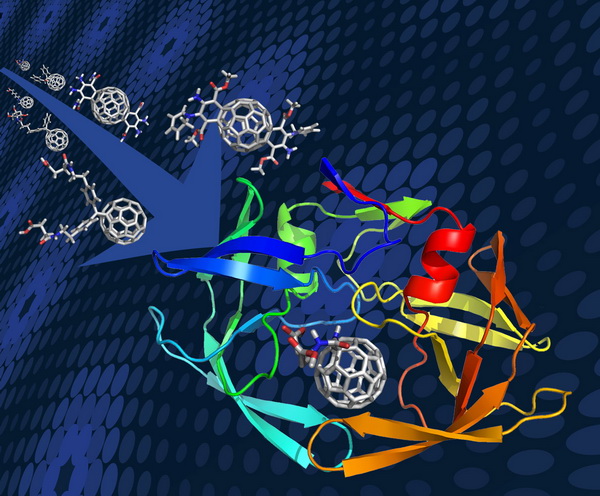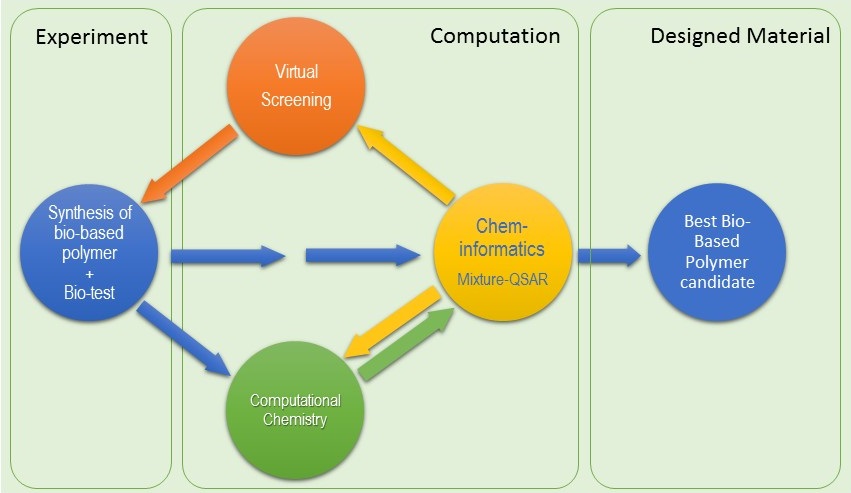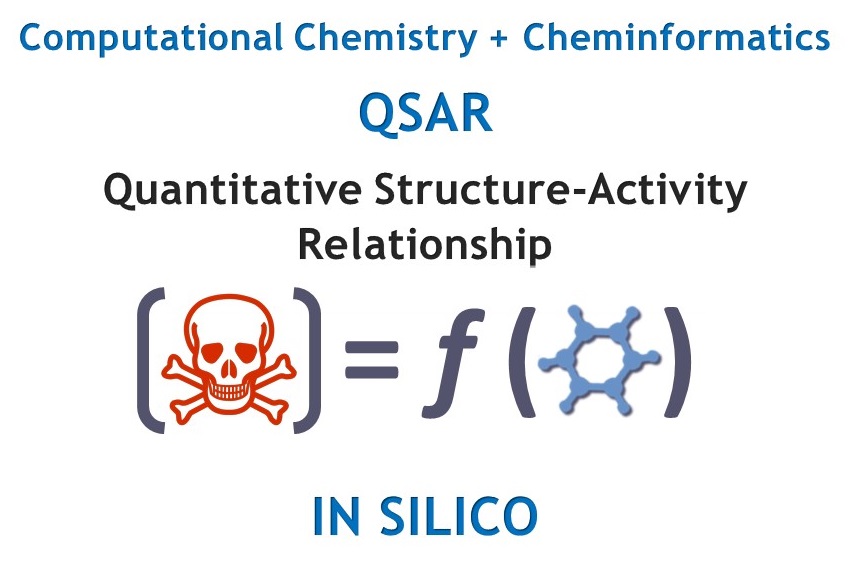Our Research

Polymeric Materials Investigation and Design by Computational Chemistry and Cheminformatics Approaches
A prediction of the properties of cross-linked polymers is very complicated task due to various monomers' units content and their comprehensive cross-linking. Our work focuses on application of specifically modified cheminformatics-based approaches to investigate these polymeric materials, find factors responsible for their physico-chemical and biological properties and develop a mathematical model that predicts these properties to design a new and improved polymeric materials.

Computational Study of Carbon Nanostructures and Large Library Target-Specific Virtual Screening
Carbon nanosctrucutres, such as carbon nanotubes (CNTs) and fullerene-based nanostructures (functionalized fullerene-C60) have unique properties and potential applications in many areas, including medicine. In this project we explore their characteristics that could make them prospective leads for known disease-related proteins. We employ various computational chemistry methods, including quantum-chemical methods (Density Functional Theory and ab initio calclations), protein-ligand docking methods, high-throughput virtual screening and cheminformatics approaches to investigate properties of interest. We build structure–activity relationship models to look for significant molecular properties responsible for the binding score values, as wells as identify ones that can behave as a highly toxic agent. The development of combination of these computational techniques can facilitate search and design of functional carbon-based nanostructures for drug-like and drug delivery applications.

Design and Computational Analysis of Bio-based Polymeric Materials For Coatings
In this project we investigate various polymers that contain plant-based (seed) oils and other naturally occurring raw materials. The polymers we investigate are divided to two groups: coatings and drug delivery agents. Applied cheminformatics approach uses a QSAR (Quantitative Structure-Activity Relationship) technique for mixtures, where properties of initial components of polymeric materials encoded as digital descriptors and resulted mixture descriptors applied as characteristics of final polymeric structure. The developing technique can be applied for high-troughtput virtual screening of them, to design polymeric materials with desired properties.

Toxicological and Environmental Effects of Polymeric Materials and Nanomaterials
Polymeric Materials and Nanomaterials have become one of the most promising areas of human endeavor. Because of their intrinsic properties, polymeric materials and nanomaterials are commonly employed in electronics, photovoltaic, catalysis, environmental and space engineering, cosmetic industry and in medicine and pharmacy. In that sense, these materials create great opportunities for the progress of modern industry. However, recent studies have shown evident toxicity of some materials to living organisms (toxicity), and their potentially negative impact on environmental ecosystems (ecotoxicity). Lack of available data and low adequacy of experimental protocols prevent comprehensive risk assessment. The purpose of this investigation is to develop new computational approaches and models to assess toxicological and environmental risks of the engineered nanomaterials and polymeric materials. Here we apply combination of theoretical and computational methods, including cheminformatics and materials informatics to evaluate potential toxicological impact of these materials.